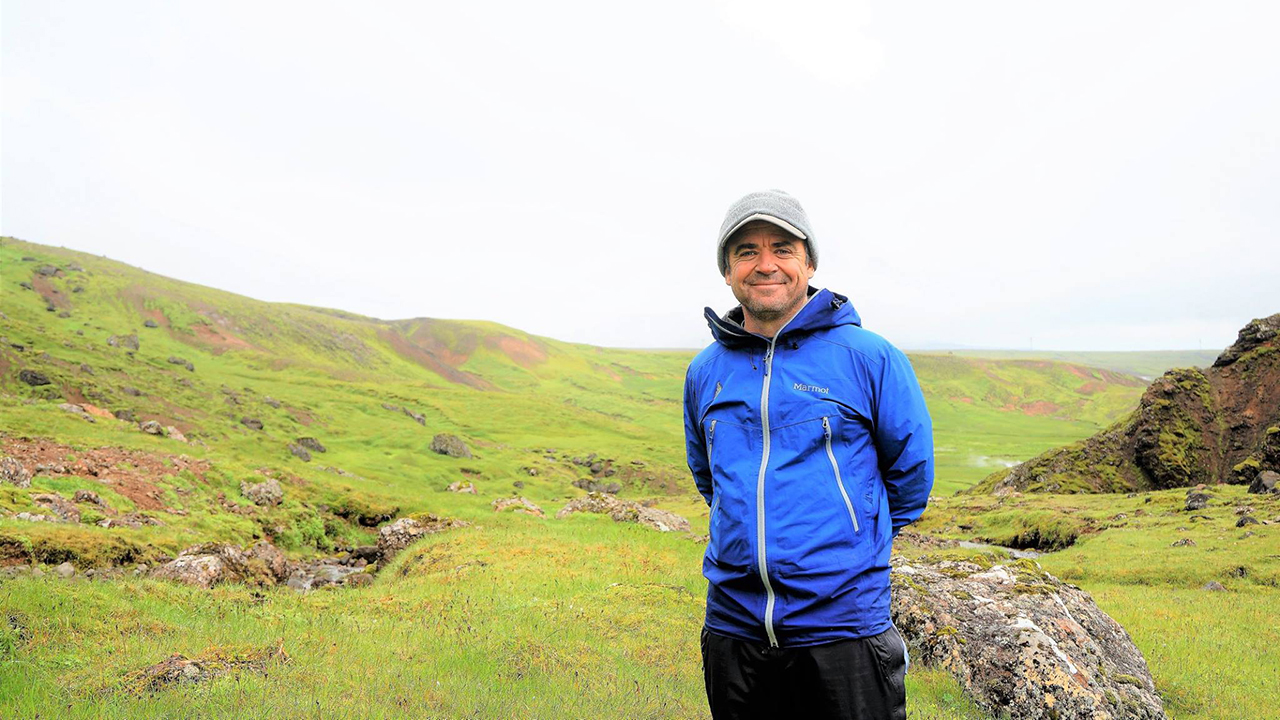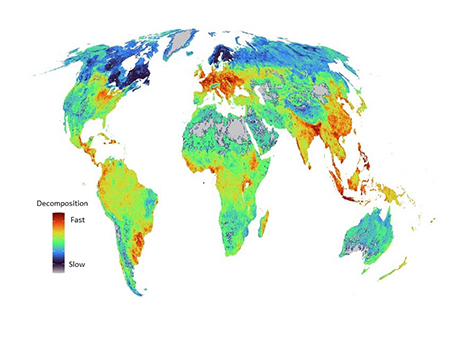Oakland University professor co-leads study of aquatic-based, human-driven impacts on climate change
Published in the journal Science, the study is based on the work of more than 150 researchers in 40 countries.

A study published in the journal Science uses a global experiment and predictive modeling to illustrate how human impacts to aquatic ecosystems are contributing to the global climate crisis.
Oakland University Biology Professor Scott Tiegs co-led the study, along with Professors Krista Capps, from the University of Georgia, and David Costello from Kent State University.
The study estimates rates of organic-matter decomposition in freshwater ecosystems (a source of carbon emissions) across the world, including areas such as the tropics that have been underrepresented in prior studies.
The researchers collected field data from sites around the world and used predictive modeling and machine-learning algorithms to fill in those gaps. The field study involved 550 rivers around the globe. More than 150 researchers in 40 countries contributed samples using a standardized field assay based on the decomposition of small pieces of cotton fabric.
“Through a large, collaborative effort using a standardized, experimental approach, we were able to generate the first estimates of decomposition rates in streams throughout the world, including understudied areas such as the tropics,” said Capps. “Integrating experimental data collected at such a large scale with modeling is a powerful approach to examine global patterns in important ecological processes like decomposition.”

Researchers created a color-coded map to illustrate organic-matter decomposition rates around the world.
The study reported the highest decomposition rates among densely populated, agricultural areas, including parts of the United States (particularly the Midwest), Europe and Southeast Asia. Agricultural and urban runoff, the authors point out, is a major contributor to the increase in carbon emissions responsible for climate change.
“When we think of greenhouse gas emissions, we tend to think of tailpipes and factories, but a lot of carbon dioxide and methane can come from aquatic ecosystems,” said Tiegs. “This is a natural occurrence, but when humans add nutrient pollution (like fertilizer) to fresh waters and elevate water temperatures, we increase the decomposition rates and direct more CO2 into the atmosphere.”
One of the study’s key takeaways is that humans are impacting decomposition rates in rivers on a global scale – a finding illustrated by the maps presented in the study. These maps are also freely accessible through a website built by the authors.
“The online mapping tool lets anyone see how fast we think different kinds of leaves will decompose in their local rivers,” said Costello. “Even if no researcher has made measurements in a river, we have an estimate for how fast leaves should decompose.”
Using predictive modeling, the researchers also identified key environmental variables responsible for increased decomposition rates, notably temperature and nutrient concentrations.
The primary variables driving decomposition rates are impacted by human activities, such as nutrients and temperature. The authors noted that reducing human impacts on decomposition will keep more carbon in rivers, preventing it from being released into the atmosphere as CO2.
“We need to minimize human impacts on fresh waters to more effectively manage our global carbon cycle.” said Tiegs.

 May 30, 2024
May 30, 2024







